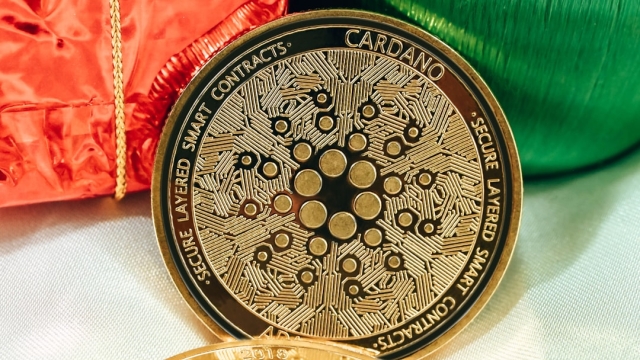
The History and Significance of Shipwreck Coins
Shipwreck coins have long captivated collectors and historians alike, offering a tangible connection to maritime history and the stories of those who sailed the seas. These coins, often encrusted in salt and sand, are remnants of vessels lost to storms, piracy, or other calamities. Their allure lies not only in their aesthetic charm but also in the rich narratives they carry about trade, culture, and economy of past civilizations. However, as with any valuable artifact, the need for rigorous authentication is essential to ascertain their legitimacy and value. This article delves into the history and significance of shipwreck coins, provides a step-by-step guide to the authentication process, and addresses common challenges faced during shipwreck coin authentication.
The History and Significance of Shipwreck Coins
Shipwreck coins originate from a variety of historical contexts, ranging from ancient trading ships to colonial-era vessels. The discovery of a shipwreck often reveals a treasure trove of coins that reflect the currency of the time, offering insights into trade routes and economic conditions. For instance, coins from Spanish galleons can provide a glimpse into the wealth generated from the New World, while coins from ancient Mediterranean shipwrecks can illustrate the extensive trade networks of antiquity. Each coin bears the marks of its journey, with unique characteristics that can tell stories of their origin, minting processes, and the cultures that used them.
Step-by-Step Guide to authenticating shipwreck coins
Authenticating shipwreck coins is a meticulous process that requires a keen eye and an understanding of numismatics. Here is a step-by-step guide to help collectors navigate this intricate field:
1. Visual Inspection
Begin with a thorough visual inspection of the coin. Look for details such as inscriptions, mint marks, and design features. Genuine shipwreck coins often exhibit wear consistent with underwater exposure, including a unique patina or encrustation.
2. Research Historical Context
Familiarize yourself with the historical context of the coin. Understanding the time period, minting practices, and known issues can aid in identifying authentic pieces. Resources such as numismatic catalogs and historical texts can be invaluable.
3. Weight and Measurements
Accurate measurements of the coin’s weight and dimensions are crucial. Genuine coins have specific weights and sizes, which can vary based on the minting techniques of the time. Compare your findings with established standards for that particular coin type.
4. Metal Composition Analysis
Conducting a metal composition analysis can provide further validation. Many coins are made from specific alloys, and testing can help confirm whether the coin is consistent with known examples. This often requires specialized equipment or professional assistance.
5. Obtain Expert Opinion
Consulting with a reputable numismatic expert or appraiser can provide additional assurance. Experts have extensive knowledge and experience in identifying authentic shipwreck coins and can offer insights that may not be apparent to the untrained eye.
Common Challenges and Solutions in Shipwreck Coin Authentication
While the authentication process is essential, it is not without its challenges. Here are some common obstacles faced by collectors and practical solutions to address them:
1. Identifying Counterfeits
As the demand for shipwreck coins grows, so does the prevalence of counterfeits. To mitigate this, always purchase from reputable dealers and rely on expert opinions when in doubt.
2. Variations in Coin Design
Shipwreck coins can exhibit considerable variation due to factors like wear and environmental conditions. Understanding these nuances is vital; thus, extensive research and comparison with known authentic examples is crucial.
3. Cost of Authentication
The expense of professional authentication can be a barrier for collectors. To navigate this, consider joining numismatic clubs or organizations that may offer resources or access to experts at a reduced cost.
Reputable Services and Resources
For those looking to authenticate their shipwreck coins, there are several reputable services and resources available. Organizations specializing in numismatics often provide authentication services, as do established auction houses and dealers with a strong reputation in the field. Additionally, online forums and communities can offer valuable advice and connect collectors with experienced professionals.
In conclusion, engaging in shipwreck coin authentication is a rewarding endeavor that enhances the appreciation of these historical artifacts. By understanding the significance of shipwreck coins, following a structured authentication process, and overcoming common challenges, collectors can ensure they preserve the integrity and value of their collections. For further resources on shipwreck coins and authentication methods, consider exploring expert-driven platforms that specialize in these unique treasures.
For more information on shipwreck coins and their historical significance, visit this guide on authenticating shipwreck coins.


